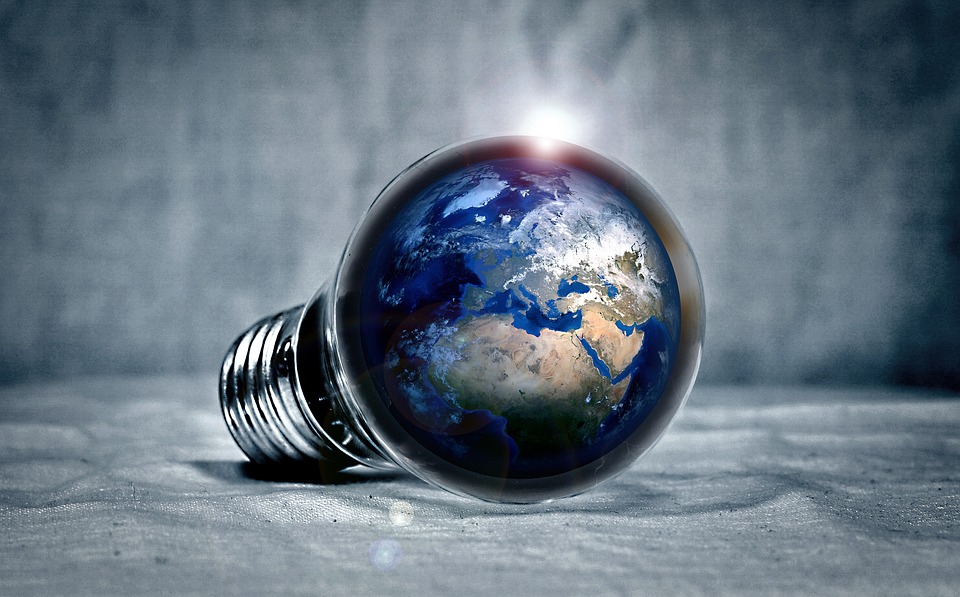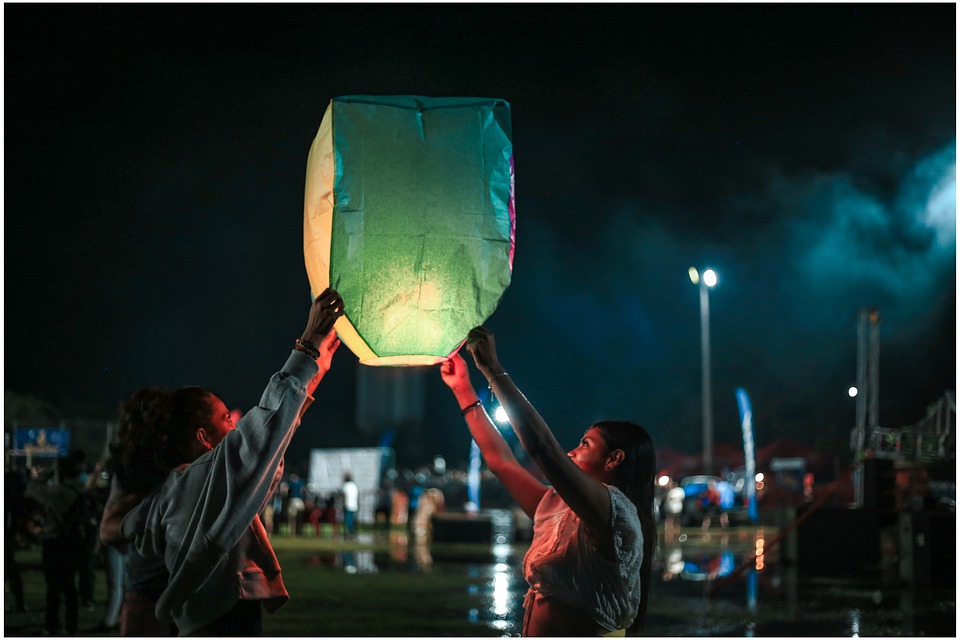Introduction
Virtual production has become one of the most talked-about technologies in the film industry in recent years. It has revolutionized the way films are made by combining live-action footage with computer-generated imagery in real-time. This game-changing technology has transformed traditional film sets, allowing filmmakers to create immersive, visually stunning worlds while saving time and money. In this article, we will explore the ins and outs of virtual production and how it is shaping the future of filmmaking.
What is Virtual Production?
Virtual production is a filmmaking technique that involves using computer-generated imagery (CGI) and other digital tools to create environments, characters, and special effects in real-time. This allows filmmakers to capture footage with live actors in front of a green screen or LED wall, while seeing the final results on set through a virtual camera’s viewfinder. By using virtual production, filmmakers can visualize and interact with digital elements as if they were part of the physical world, making it easier to plan shots, create complex visual effects, and adjust lighting and camera angles on the fly.
The Rise of Virtual Production
Virtual production has been around for decades, but recent advances in technology have made it more accessible and practical for filmmakers of all sizes. One of the key catalysts for its rise in popularity was the release of James Cameron’s 2009 film “Avatar,” which used a groundbreaking virtual production process to create the film’s lush, alien world of Pandora. Since then, virtual production has been used in a variety of blockbuster films, including “The Jungle Book,” “The Mandalorian,” and “Ready Player One.”
How Virtual Production Works
Virtual production begins with a previsualization (previs) phase, where filmmakers use digital tools to plan out the scenes, camera angles, and special effects before filming begins. Once the previs is complete, the filmmakers can use virtual production techniques to bring the digital elements to life on set. This typically involves using a combination of green screen, LED walls, motion capture technology, and real-time rendering software to create a seamless blend of live-action footage and CGI.
The Benefits of Virtual Production
Virtual production offers a wide range of benefits for filmmakers, including:
Cost Savings
By using virtual production, filmmakers can save time and money by reducing the need for expensive location shoots, elaborate set designs, and costly post-production work. This allows filmmakers to create visually stunning worlds on a smaller budget, making it easier to bring ambitious projects to life.
Increased Creativity
Virtual production gives filmmakers greater control and flexibility over the filmmaking process, allowing them to experiment with different visual effects, camera angles, and lighting setups in real-time. This allows filmmakers to push the boundaries of their creativity and create unique, visually engaging worlds that were previously only possible in the realm of animation.
Improved Workflow
Virtual production streamlines the filmmaking process by allowing filmmakers to see the final results on set in real-time, rather than having to wait for post-production. This allows filmmakers to make adjustments on the fly, collaborate with their team more effectively, and ensure that they are capturing the best possible footage.
The Future of Virtual Production
Virtual production is still in its early stages, but it has the potential to revolutionize the way films are made in the future. As technology continues to advance, we can expect to see even more immersive, visually stunning worlds created through virtual production techniques. Filmmakers will have greater freedom to experiment with different styles and genres, pushing the boundaries of what is possible in filmmaking. With the rise of virtual production, the future of filmmaking looks brighter and more exciting than ever before.



